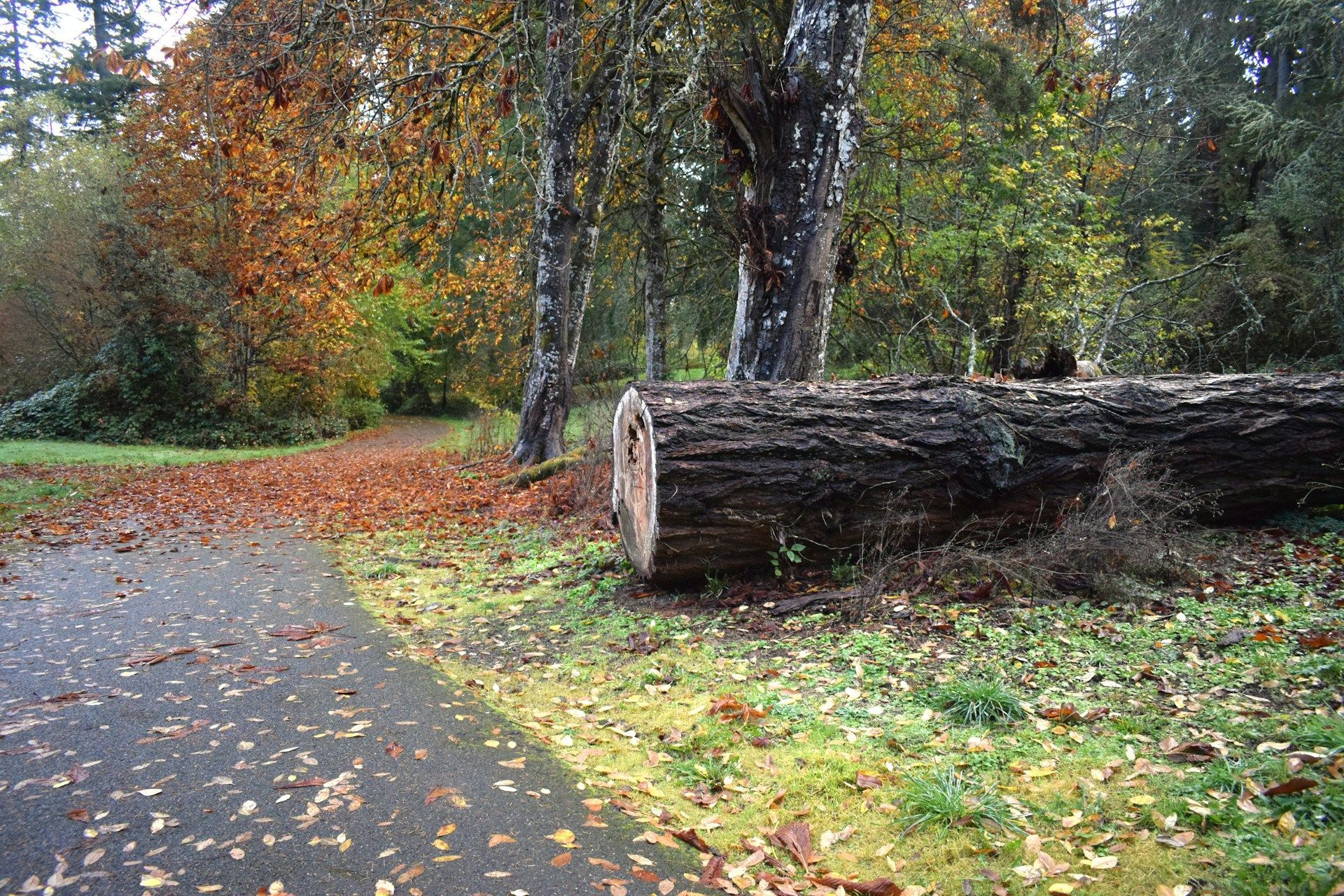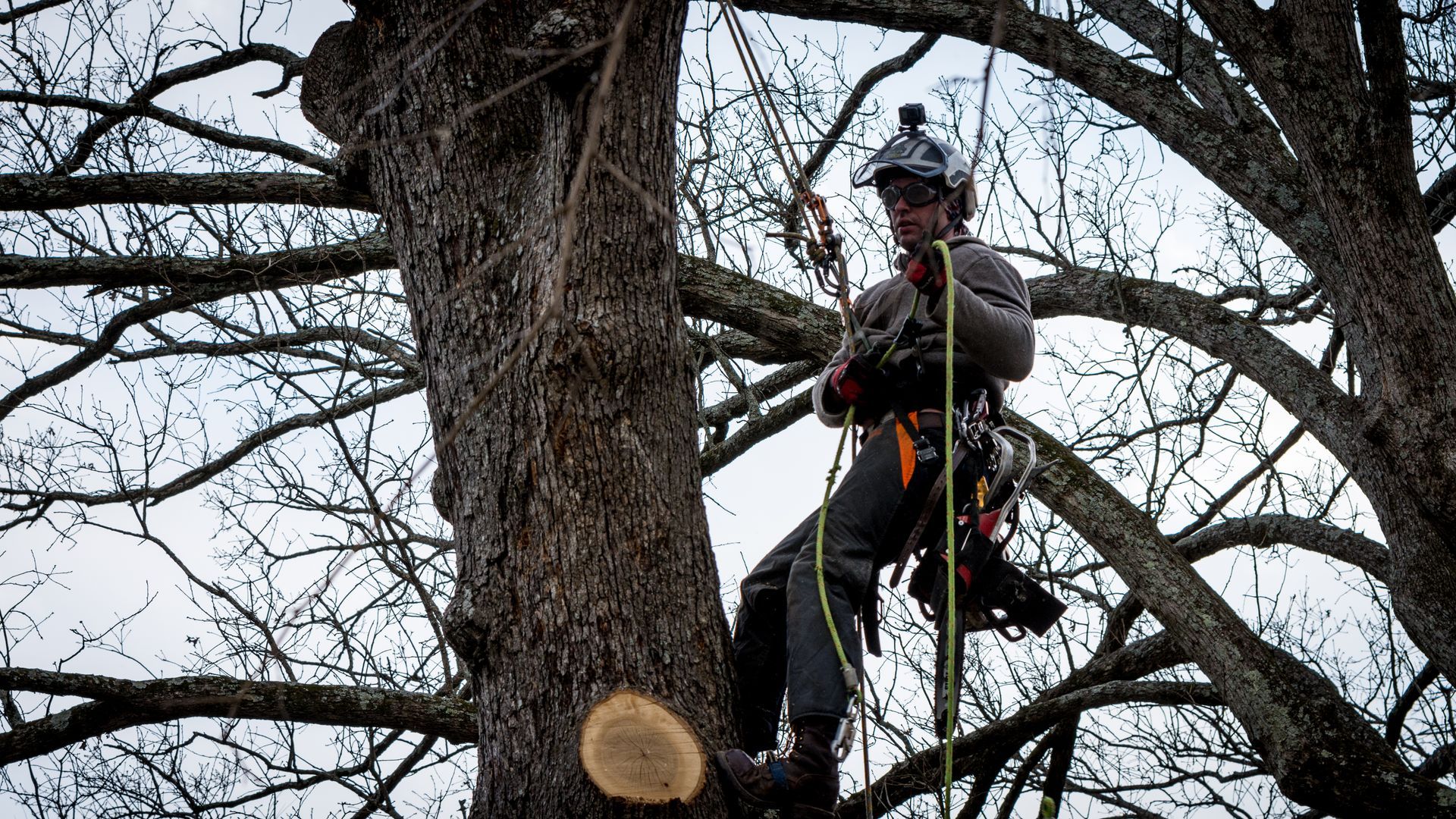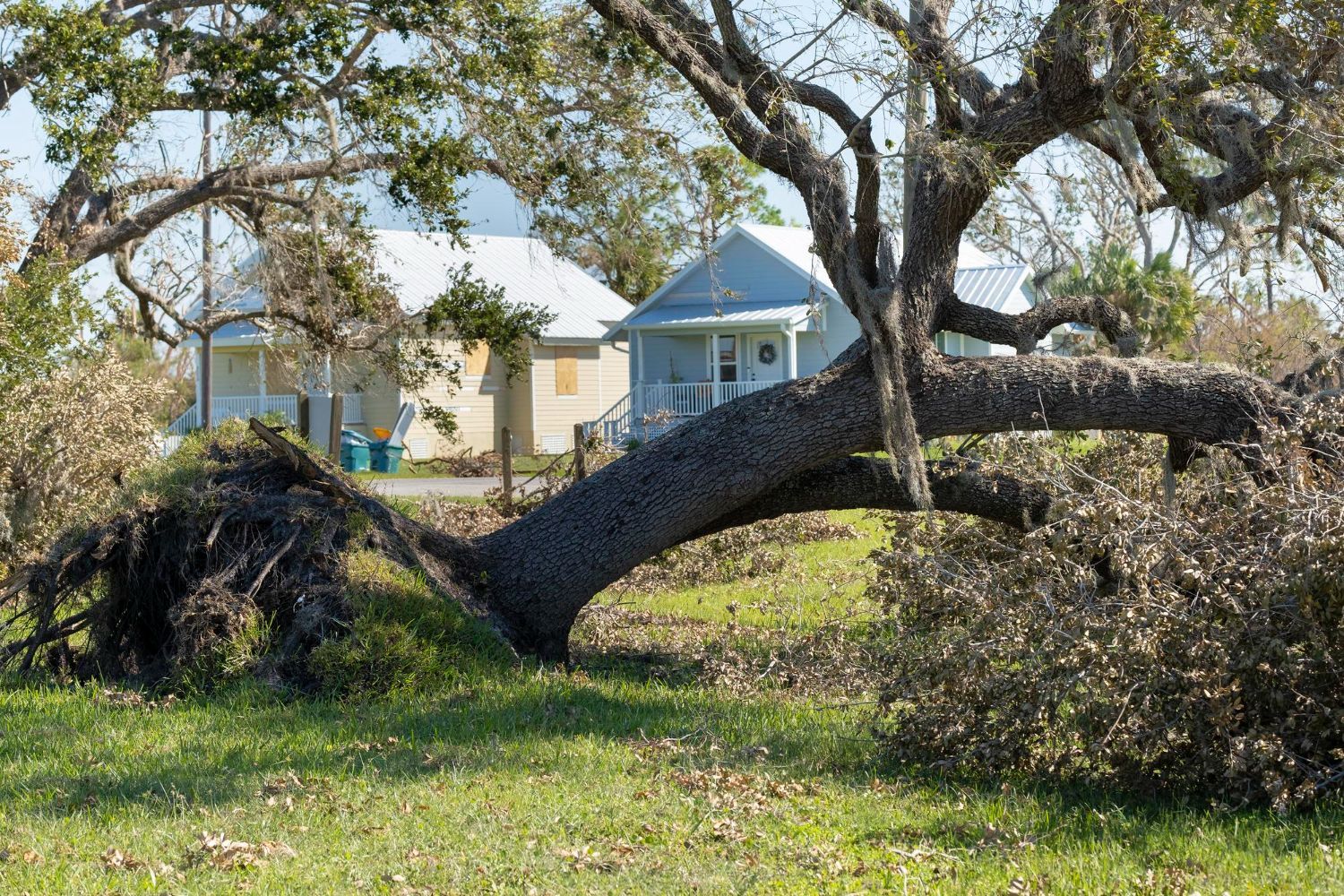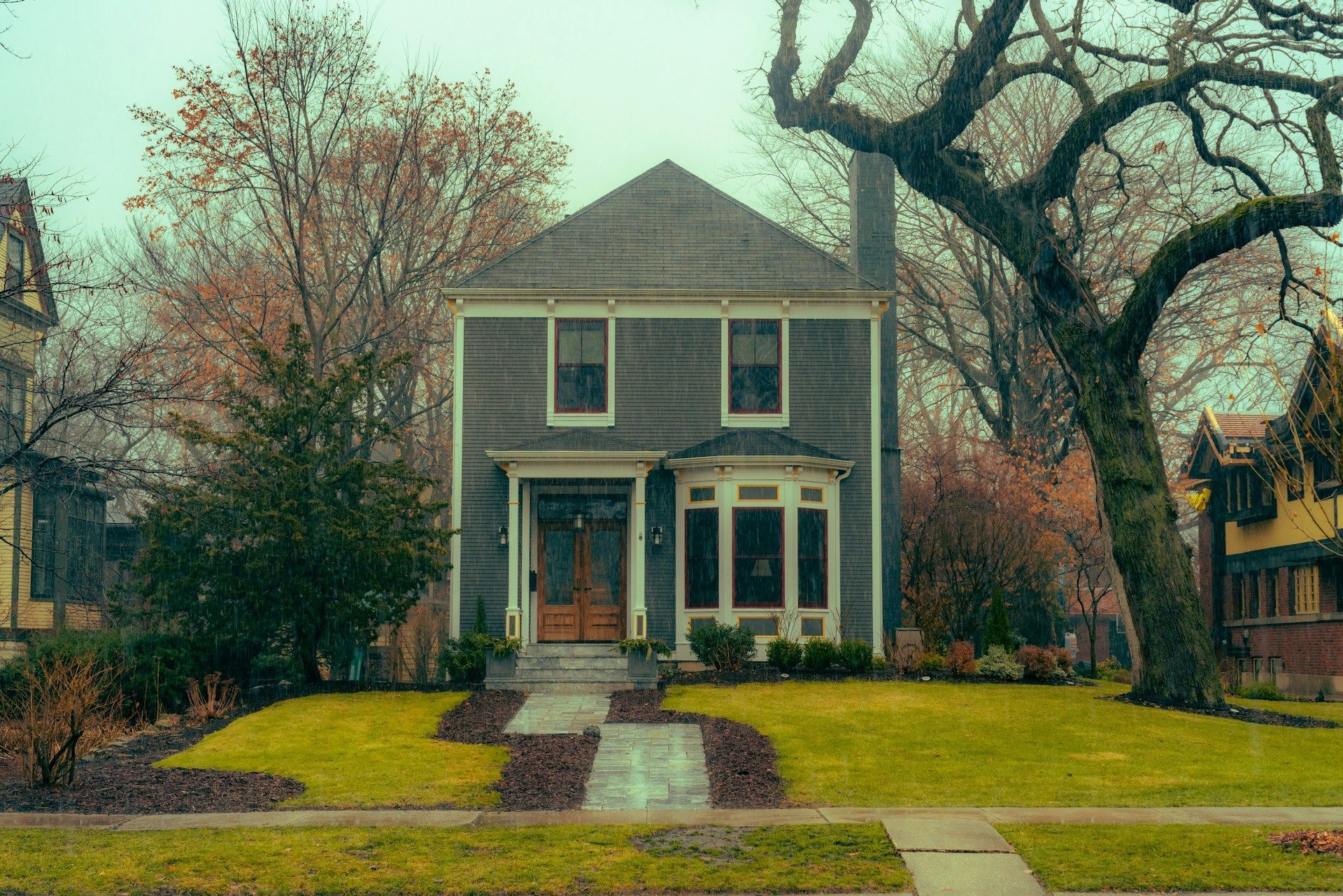Steps to Take When a Tree Falls on Your Property
Imagine this: you're sipping coffee on a quiet morning in Barrie, enjoying the serene view of your backyard. Suddenly, there's a loud crash, and you rush outside to find a tree has toppled onto your property. It may seem like a rare event, but trees can fall for various reasons—whether from high winds, heavy snow, or even age-related decay. When this happens, knowing the right steps to take can make all the difference in ensuring safety and minimizing damage.
Understanding the actions to take when a tree crashes onto your property is crucial for two main reasons: safety and quick recovery. Immediate action can prevent accidents and further property damage. Also, considering potential hazards like downed power lines, professional intervention is key.
Assess Safety
Once you find that a tree has fallen, your first instinct might be to rush and inspect for damage. However, your priority should be to assess the safety of the area. Here’s what you should do:
- Look for Immediate Dangers:
Check if there are any downed power lines tangled with the tree. If so, stay away and contact the proper authorities immediately. These can pose serious electrical hazards, potentially energizing any nearby structures or even the ground around you.
- Identify Unstable Sections:
Notice if the tree is leaning against a structure or if it's balanced precariously. A stressed or partially fallen tree can shift and cause more damage, so avoid standing directly under or around it.
- Keep a Safe Distance:
Until a professional arrives, maintain a safe distance from the tree. Make sure that family members and pets also stay clear of the area to prevent accidental injuries.
- Mark and Secure The Area:
Set up barriers if possible, using cones or caution tape, to keep others from getting too close. Even simple markers like colored ribbons can provide a visual cue to caution anyone approaching unknowingly.
Taking these safety-first steps not only keeps everyone secure but also structures the situation for efficient handling by professionals when they arrive.
Contact Emergency Tree Removal Services
Once safety is assessed, reaching out to professionals for help is the next step. When a tree crashes down, you need reliable assistance. Here's what you should know before making that call:
- Gather Key Information:
Before contacting emergency services, jot down some basic details. Know the exact location of the fallen tree, its size, and if any immediate threats like power lines or property damage are present.
- Importance of Expert Help:
Professionals have the right equipment and expertise to manage tree removal safely and efficiently. They are trained to handle risks, ensuring both your safety and that of your property. With their assistance, you can avoid pitfalls that might arise from any DIY attempts.
- Quick and Safe Solutions: Fast response from a trained team ensures timely clearing of trees, minimizing disruption to your daily life. They will remove the tree, address any further damage risks, and leave your space safer than before.
Document and Report Damage
After ensuring everyone is safe and help is on the way, documenting and reporting any damage comes next. This will be useful for insurance claims and any repairs that follow:
- Photograph The Damage: Take clear photos from multiple angles of the fallen tree and any damage caused. This will serve as evidence for your insurance claim and help assess the extent of repairs needed.
- Notify Your Insurance Company: Contact your insurance provider to report the incident. They'll guide you through the claims process and advise on the next steps for coverage.
- Keep a Record of Injuries or Further Damage: If any injuries occur or further damage is discovered later, document these details immediately. A full report will be beneficial in processing claims efficiently.
Post-Removal Steps
With the tree cleared, it's time to focus on cleanup and prevention for the future:
- Clean Up and Clear the Area:
Remove any remaining debris and inspect the space for hidden hazards. Make sure the area is safe for regular use again.
- Evaluate Other Trees:
Check surrounding trees for instability. Look for signs like leaning, cracks, or root exposure that might suggest they are at risk of falling.
- Consider Replanting or Replacement:
Once the immediate danger is resolved, you might think about replanting a new tree or another suitable plant. Consult with a landscape expert to choose a species that fits your property conditions while enhancing its beauty.
Ensuring Yard Safety and Preventing Future Incidents
Maintaining your property's safety involves regular upkeep and inspections. Here's how you can make your yard safer and avoid future issues with trees:
- Routine Inspections: Schedule regular checks for tree health. After severe weather or as part of seasonal maintenance, ensure trees aren't showing signs of rot or weakness.
- Professional Tree Services:
Employ professional services to handle pruning and health assessments. They will offer insights or treatment options before an issue develops into a major problem.
- Seasonal Checks:
Be diligent with seasonal changes that might impact tree stability. Winter months can cause stress or damage from heavy snow, while spring may reveal rot or disease from longer, dormant seasons.
A proactive approach doesn't just protect your space; it gives you peace of mind. Trees provide shelter and beauty, and with some attention, you can enjoy all their benefits without the worry of unexpected incidents disrupting your daily life.
For residents in Barrie dealing with unexpected tree emergencies, trust Barrie Tree Care Pros for fast, effective support. Our experts ensure safe and thorough solutions. Learn more about our
emergency tree removal in Barrie services to keep your property secure and beautiful.











